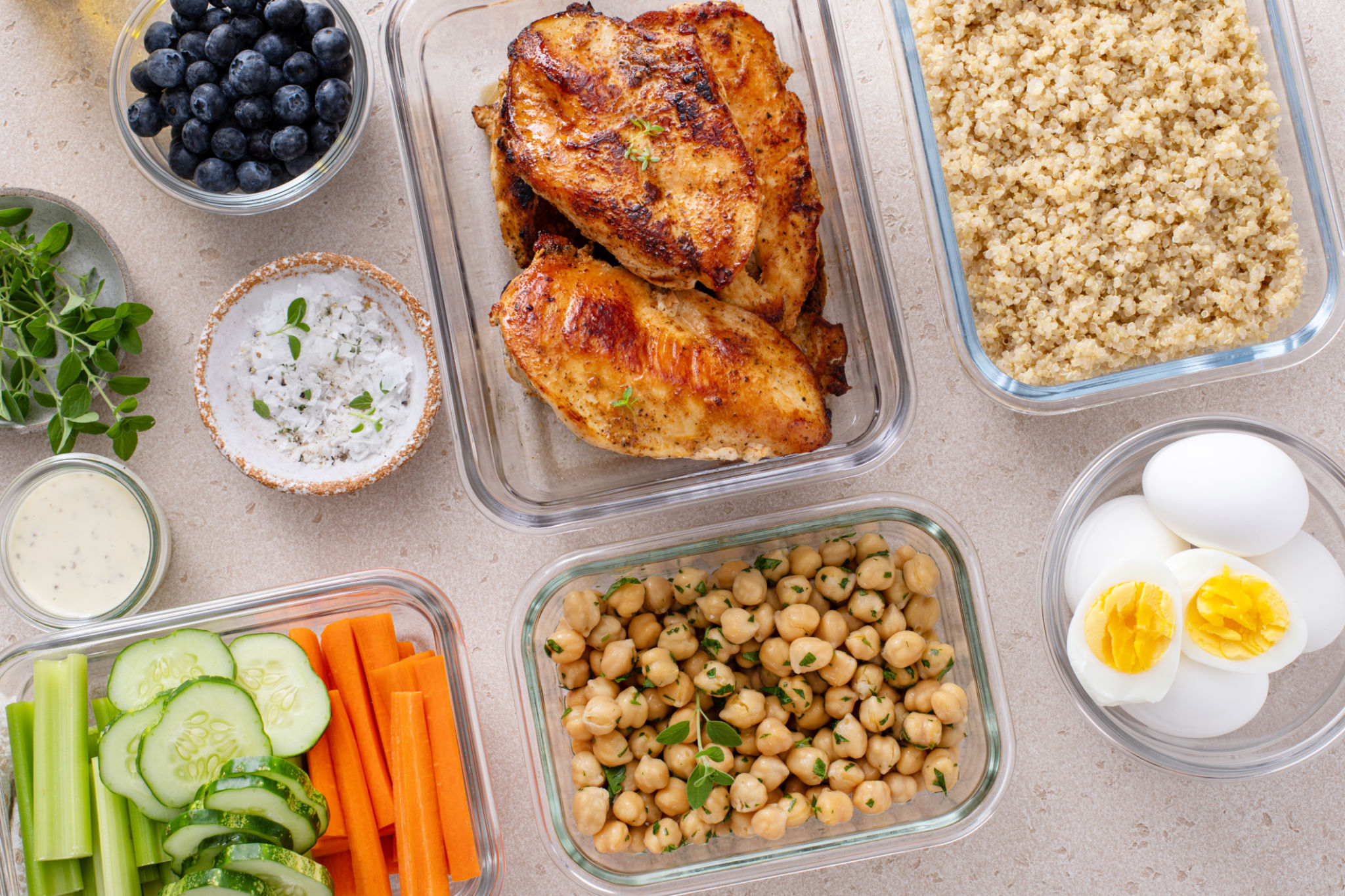A Beginner’s Guide to Keto: Transitioning to a Low-Carb Lifestyle
Understanding the Keto Diet
The ketogenic diet, commonly known as the keto diet, is a low-carb, high-fat eating plan that has gained popularity for its potential health benefits and weight loss effects. The primary goal of the keto diet is to enter a state called ketosis, where the body burns fat for fuel instead of carbohydrates. This transition can seem daunting for beginners, but with the right approach, it can lead to a healthier lifestyle.
One of the most appealing aspects of the keto diet is its simplicity. By focusing on whole foods and eliminating processed carbs, many find they have more energy and fewer cravings. However, it's crucial to understand how to transition smoothly to this new way of eating.

Starting Your Keto Journey
To start your keto journey, you will need to make significant changes to your diet. The first step is to reduce carbohydrate intake drastically. This typically means consuming fewer than 50 grams of carbs per day. Instead, your meals will be comprised largely of healthy fats and a moderate amount of protein.
Here’s a basic guideline to help you get started:
- High-fat foods: Avocados, nuts, seeds, olive oil, and fatty fish.
- Protein sources: Meat, poultry, eggs, and cheese.
- Low-carb vegetables: Leafy greens, broccoli, and cauliflower.
The Importance of Meal Planning
Meal planning is a crucial component when transitioning to a keto diet. Planning your meals ahead ensures you have keto-friendly ingredients on hand, reducing the temptation to reach for carb-heavy snacks. Consider setting aside time each week to plan your meals and snacks.
Creating a weekly menu can help simplify shopping and cooking. Try to vary your meals to include different types of proteins and vegetables to keep your diet nutritionally balanced.

Managing the "Keto Flu"
As your body adjusts to burning fat instead of carbohydrates, you might experience symptoms known as the "keto flu." These can include fatigue, irritability, and headaches. While these symptoms are temporary, they can be challenging.
To ease this transition, it's important to stay hydrated and consider increasing your intake of electrolytes through foods like leafy greens and bone broth. Additionally, ensure you're eating enough healthy fats to maintain energy levels.
Tracking Progress and Staying Motivated
Tracking your progress can be an excellent way to stay motivated. Consider keeping a food journal or using an app to monitor your carbohydrate intake and ketosis levels. Seeing improvements in your energy levels and weight can be incredibly encouraging.
Finally, remember that transitioning to a keto lifestyle is a personal journey. It's important to listen to your body and adjust your diet as needed. With commitment and the right approach, the keto diet can be a sustainable and rewarding lifestyle change.
